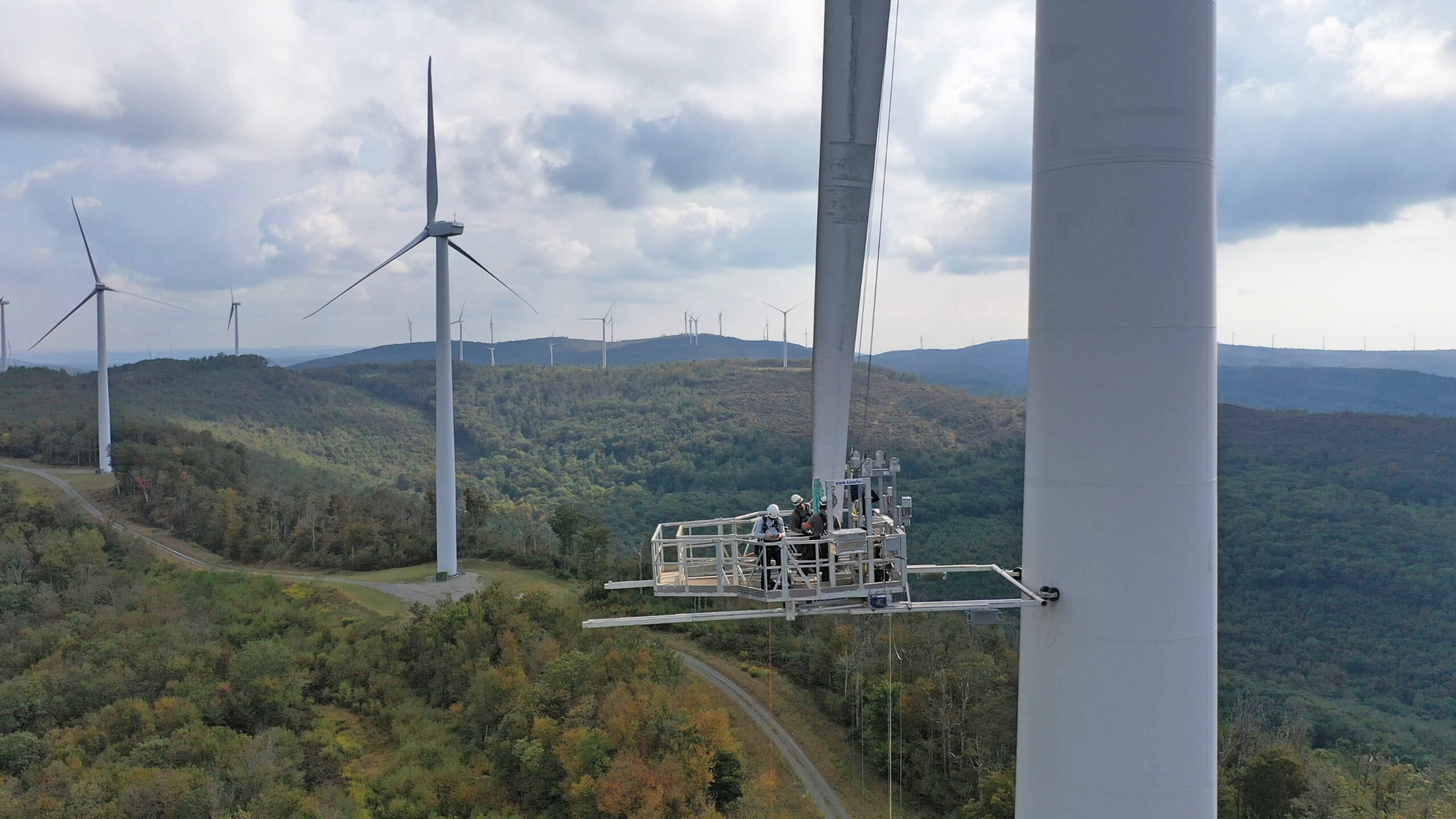By Andrew Wills, SVP of Federal Affairs, Invenergy
The passage of the Inflation Reduction Act (IRA) in August 2022 represents a historic step forward for meaningful and sustained progress toward the clean energy future in the United States. For the first time in history, U.S. policy provides long-term certainty and a stable policy environment to accelerate the delivery of clean energy to communities from coast to coast. However, a new rule proposed by the Federal Reserve, Federal Deposit Insurance Corporation (FDIC), and the Office of the Comptroller of the Currency as part of Basel III reforms could have unintended consequences that threaten that progress.
The Basel agreement is a set of international banking regulations introduced after the 2008 financial crisis. The goal of these reforms is to strengthen the banking sector’s ability to withstand financial stress, improve risk management and promote transparency in international banking. However, the latest series of reforms introduced this year, known as Basel III, while well intentioned, could have adverse and long-lasting effects on the clean energy industry and the tax equity market in particular.
Tax equity is one of the most commonly used and crucial tools the clean energy industry uses to finance the development and operation of major infrastructure projects. The Federal Reserve, FDIC and Comptroller have proposed a rule that would change the risk weighting of non-publicly traded tax equity, quadrupling the required capitalization from 100% to 400%. An unintended consequence of this change would be categorizing clean energy projects as risky investments, thereby requiring the banks to hold additional money in reserve in case of default. The reality is that tax equity investments are well-structured transactions that mitigate risks to investors and provide them with a stable and predictable return based on IRA tax credits. In addition, clean energy projects provide investors with a guaranteed stream of income — with interest — for the duration of their investment.
By quadrupling the capital requirement for banks making tax equity investments, Basel III essentially eliminates a critical financing option for most clean energy developers. This means developers have to look at more expensive financing options, limiting their ability to execute projects that can deliver clean energy to millions of people. These more expensive financing options will also, in turn, increase the cost of the clean energy produced by these projects for all electricity consumers. Tax equity financing provides approximately $20 billion to fund clean energy projects every year. Without the ability to leverage the tax equity market, it’s likely that many land-based and offshore wind, solar, and storage projects may not get built.
The clean energy industry isn’t alone here. Legislators have also expressed concern over this potential rule change. Representative Sean Casten (D-IL) led a letter from more than 100 lawmakers to the rule-making agencies stating, “We strongly support the Agencies’ goals of prioritizing the safety and soundness of our banking system and ensuring large banks are well capitalized. However, we are concerned that substantially increasing the capital requirements for banks making tax equity investments in renewable energy projects isn’t reflective of the investment’s risk profiles, would have unintended consequences, and endanger the renewable energy transition.”
Comments from Rep. Casten and other leaders reflect broad support for adjusting Basel III’s rules to keep tax equity investments at their current risk weighting of 100%.
Policymakers should also consider other investments with similarly situated risk profiles before implementing this rule change. For example, the proposal imposes a risk weighting of 100% on some investments that assume the same amount of risk as renewable energy tax equity financing, which would be weighted at 400%. It would be inconsistent to quadruple non-publicly traded tax equity when investors are assuming similar amounts of risk on other investments.
Passage of the IRA has accelerated clean energy development in the United States. Companies have announced the construction or expansion of 83 clean energy manufacturing facilities since the legislation’s passage, and the law is projected to create hundreds of thousands of family-sustaining jobs each year, while injecting billions in economic investment into local communities over the next decade.
New clean energy projects will provide consumers with affordable, reliable, American-made power. With such a bright future ahead, it would be a mistake to enact onerous tax equity lending rules that would hinder the historical progress we’re making toward a clean energy future.
About the author: Andrew Wills is the SVP of Federal Affairs for Invenergy. Invenergy and its affiliated companies develop, own, and operate large-scale renewable and other clean energy generation, transmission and storage facilities in the Americas, Europe, and Asia. Invenergy and its affiliated companies have successfully developed more than 30,000 megawatts of projects that are in operation, construction or contracted, including wind, solar, transmission infrastructure and natural gas power generation and advanced energy storage projects.

